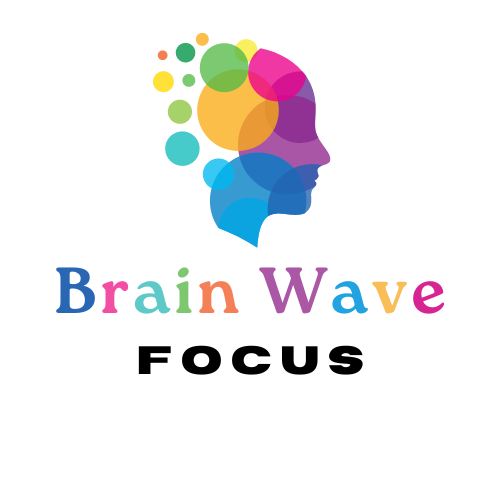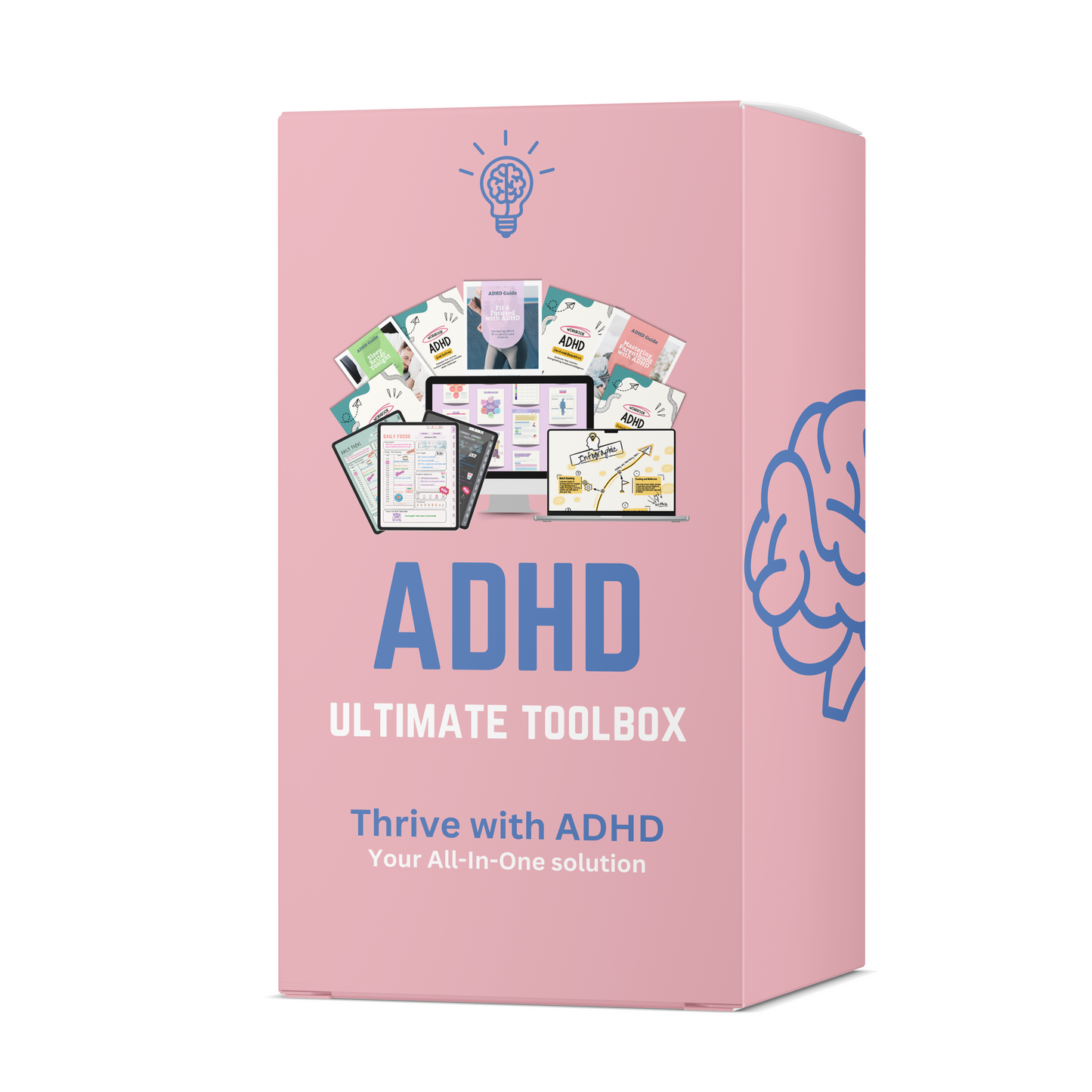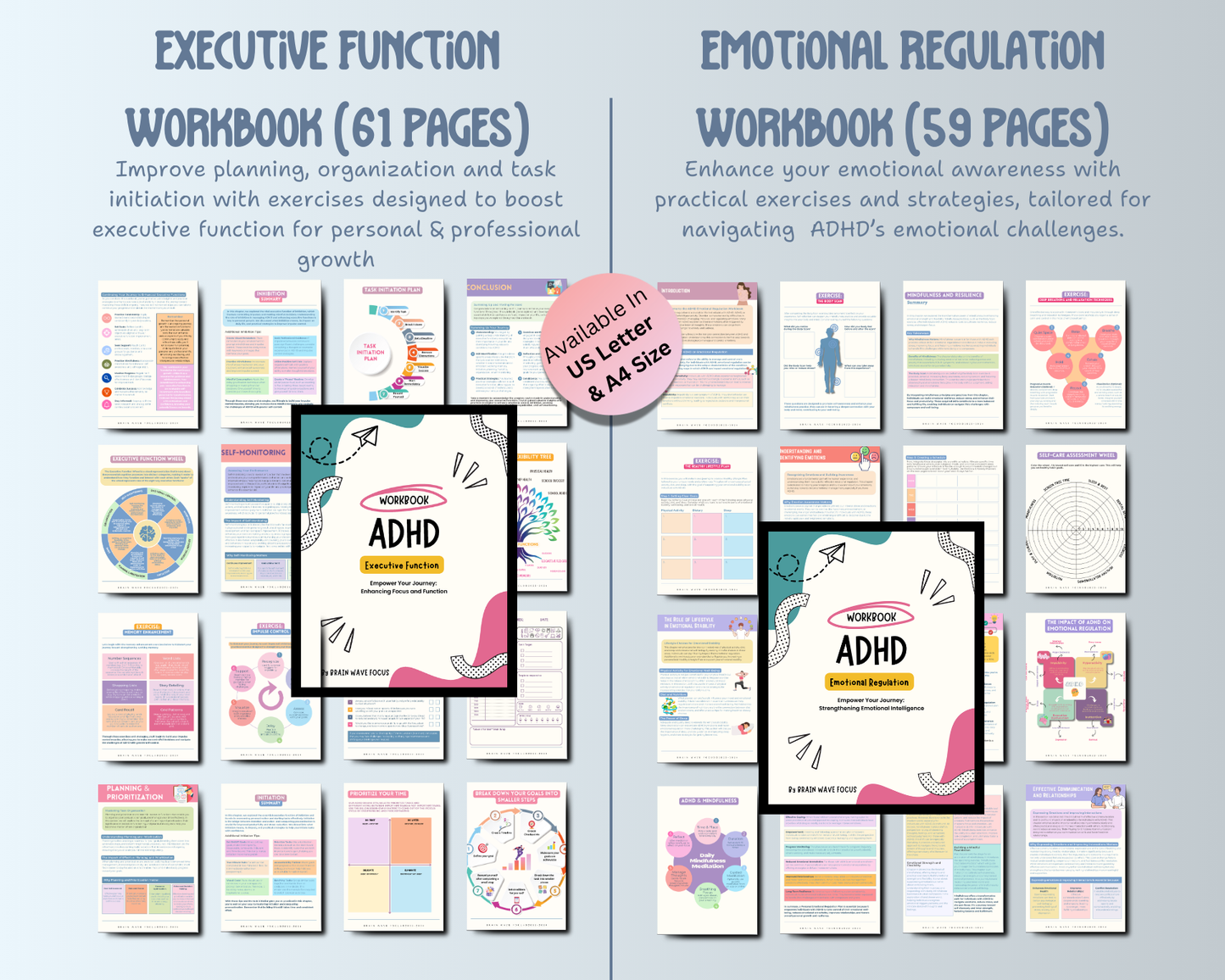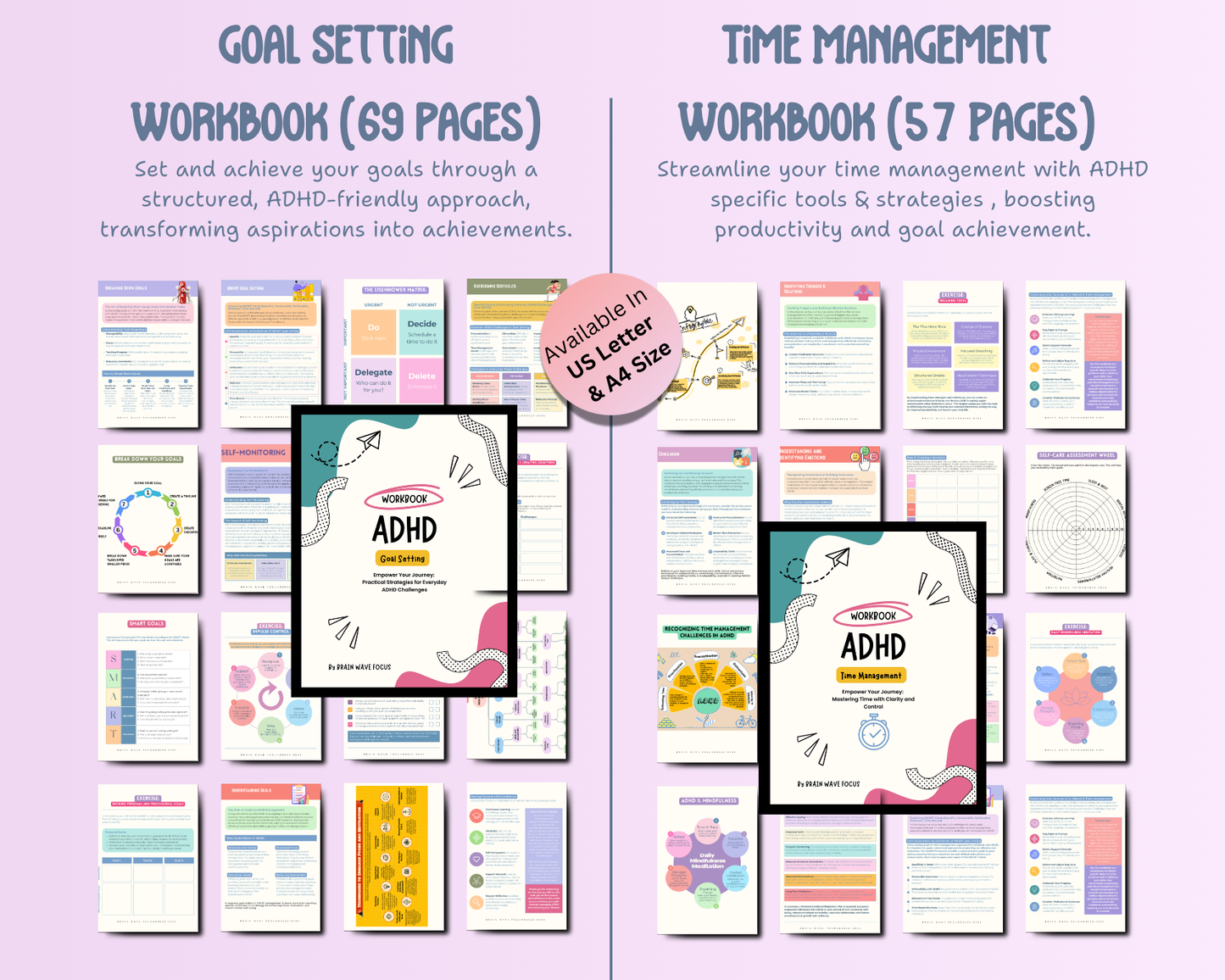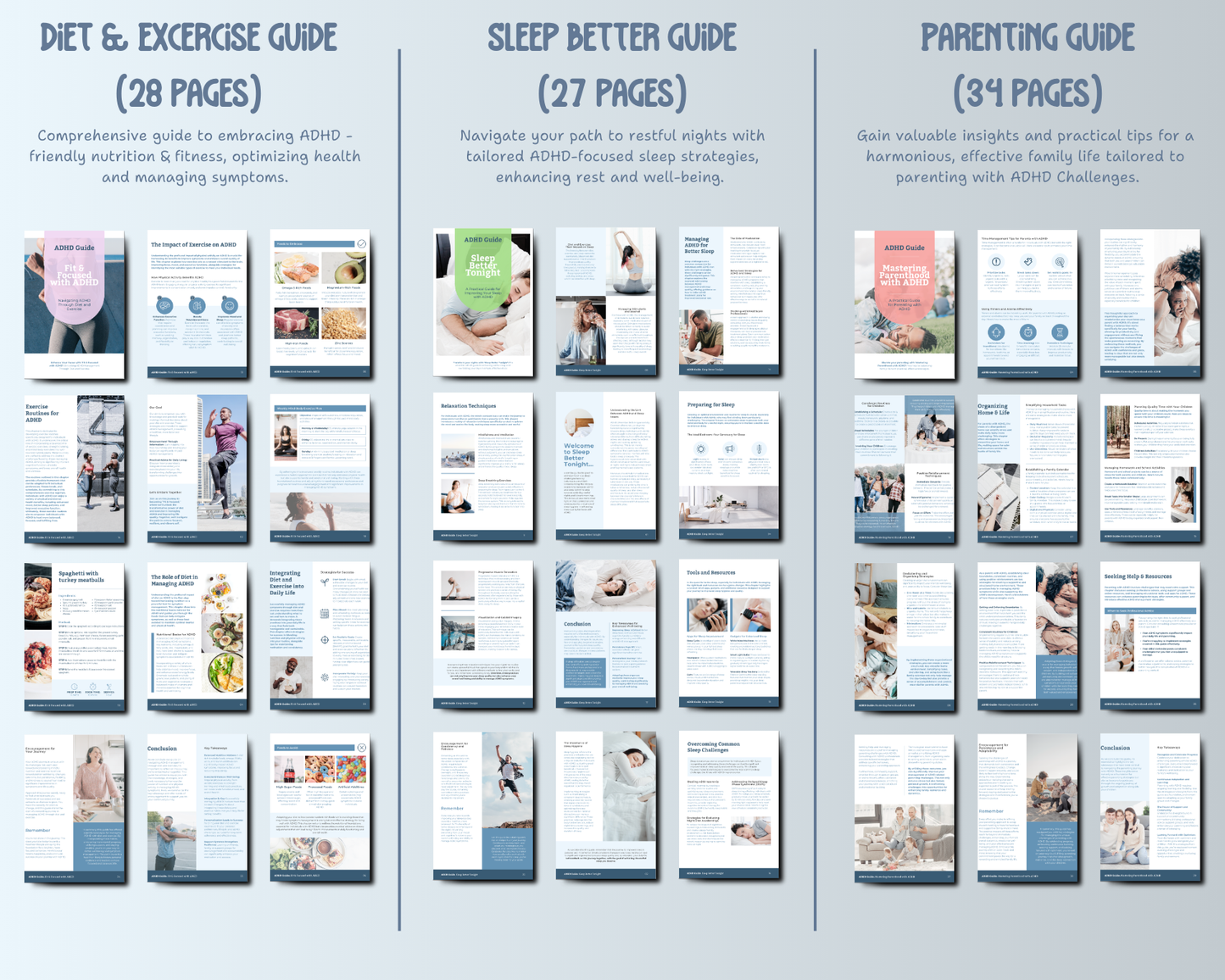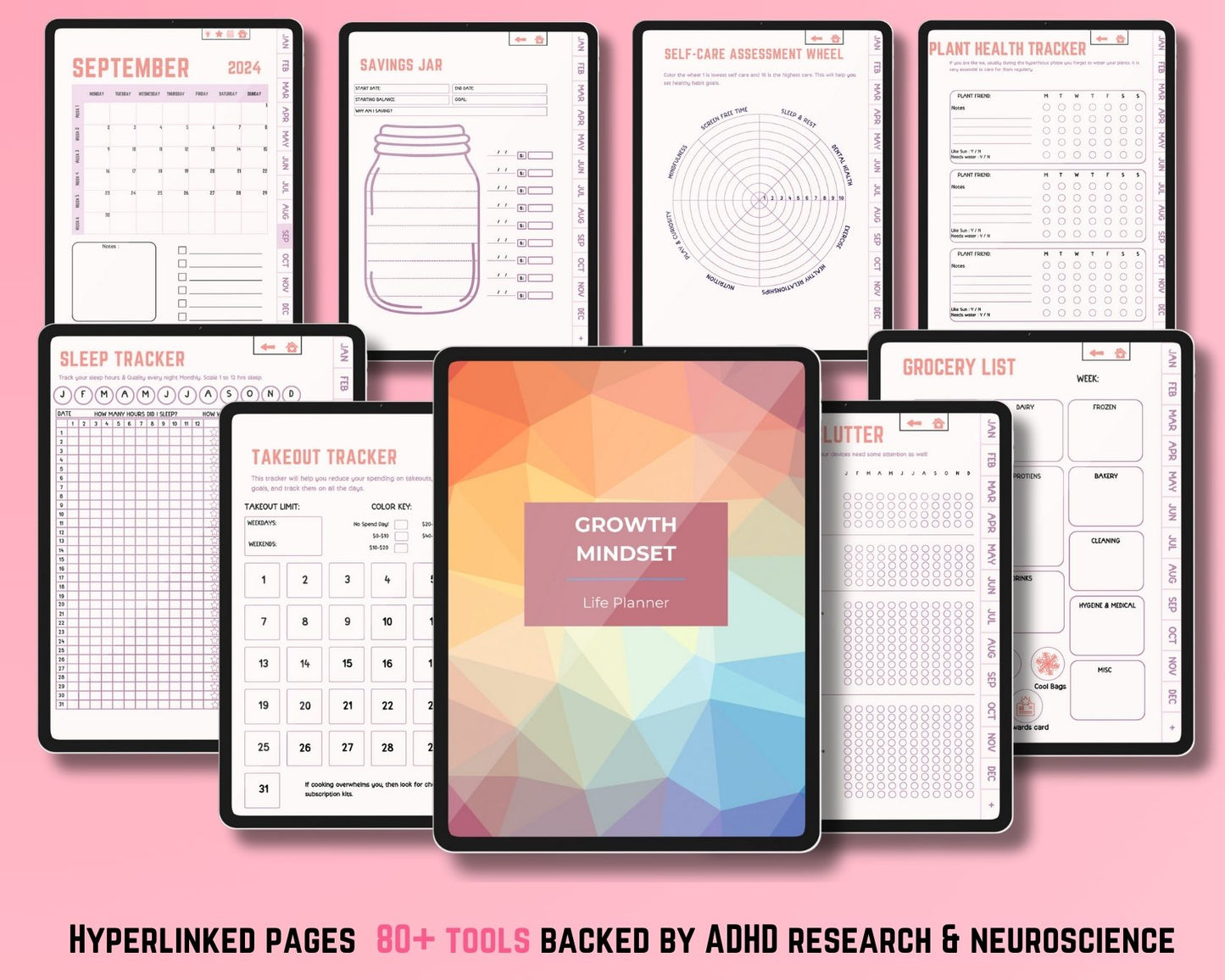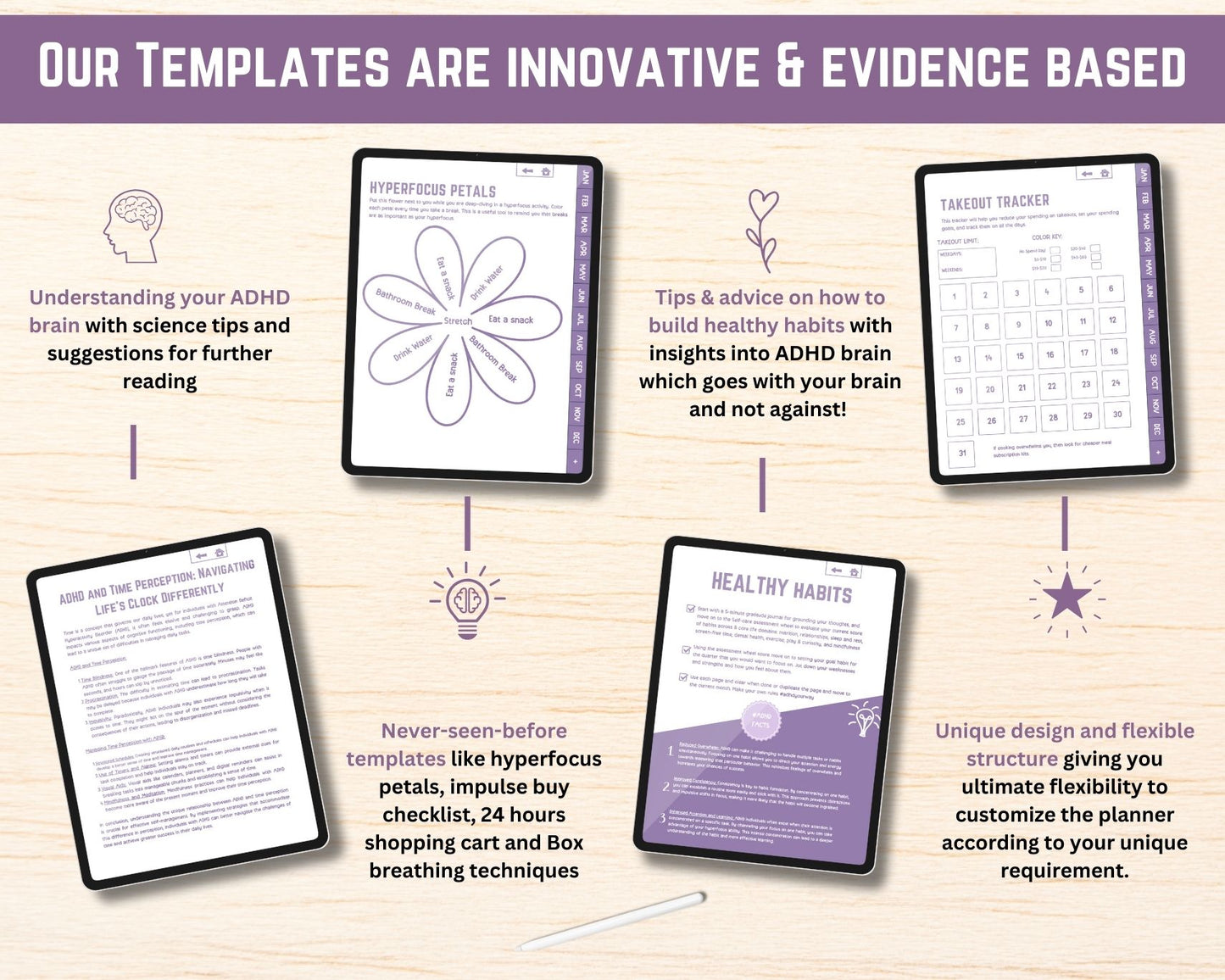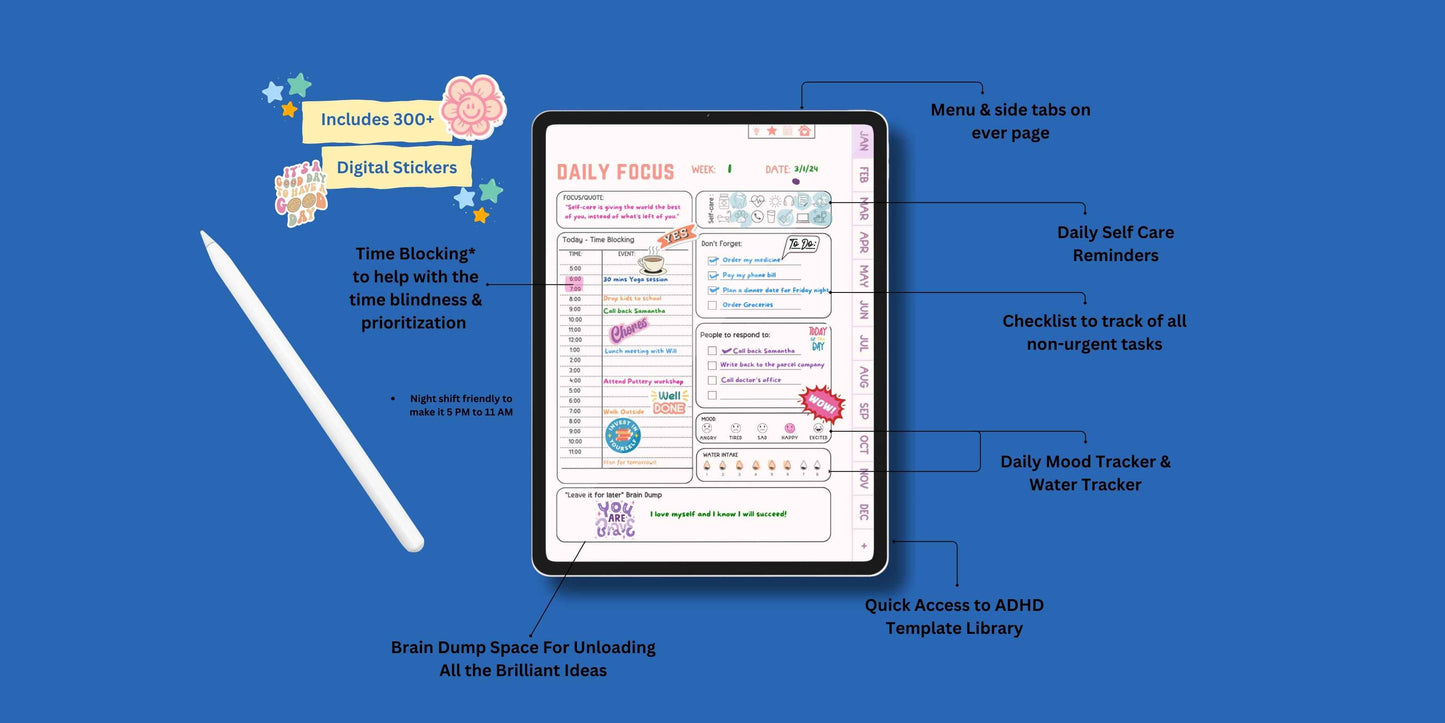Attention-Deficit/Hyperactivity Disorder (ADHD) is one of the most misunderstood neurodevelopmental conditions, often surrounded by myths that lead to stigma and misinformation. While many people associate ADHD with a hyperactive child bouncing off the walls, the reality is much more nuanced. Let's debunk some of the most common myths about ADHD and shed light on what it truly means to live with this condition.
Myth #1: ADHD Only Affects Children
Reality: ADHD is a lifelong condition. While it is often diagnosed in childhood, many individuals continue to experience symptoms into adulthood. The manifestation of ADHD may change over time—children may struggle with hyperactivity, while adults often experience challenges with organization, time management, and emotional regulation. According to research, nearly 60% of children diagnosed with ADHD carry symptoms into adulthood.
Myth #2: ADHD Is Just an Excuse for Laziness
Reality: ADHD is a neurological condition that affects executive function—the brain's ability to plan, prioritize, and execute tasks. People with ADHD often struggle with motivation due to differences in dopamine regulation, which can make initiating tasks difficult. This is not a matter of laziness or lack of willpower but a genuine struggle with how their brain processes information.
Myth #3: ADHD Only Affects Boys
Reality: ADHD affects both genders, but it often presents differently. Boys are more likely to exhibit hyperactive and impulsive behaviors, making them more noticeable in school settings. Girls, on the other hand, often display inattentive symptoms, such as daydreaming or difficulty focusing, which can lead to underdiagnosis. As a result, many women receive an ADHD diagnosis only in adulthood, after years of struggling without support.
Myth #4: ADHD Is Caused by Poor Parenting or Too Much Screen Time
Reality: ADHD is a neurodevelopmental disorder with strong genetic links. While environmental factors can influence symptoms, parenting styles or screen time do not cause ADHD. Brain imaging studies have shown structural and functional differences in the brains of individuals with ADHD, particularly in areas related to attention, impulse control, and executive function.
Myth #5: People with ADHD Can’t Focus on Anything
Reality: People with ADHD can experience hyperfocus—an intense concentration on activities that interest them. While they may struggle with mundane or repetitive tasks, they can become completely absorbed in activities they find stimulating, sometimes to the point of losing track of time. Understanding how hyperfocus works can help individuals with ADHD use it to their advantage in academic, professional, and creative settings.
Myth #6: ADHD Can Be Cured with Diet or Lifestyle Changes
Reality: While a healthy lifestyle, including proper nutrition, exercise, and sleep, can help manage ADHD symptoms, there is no cure. ADHD is a chronic condition that often requires a combination of treatments, including behavioral therapy, medication, and coping strategies. Believing that ADHD can be "cured" can lead to unrealistic expectations and discourage people from seeking necessary support.
Myth #7: Everyone Has ADHD These Days
Reality: The rise in ADHD diagnoses is not due to overdiagnosis but rather increased awareness and improved diagnostic tools. Many adults who were undiagnosed as children are now seeking evaluations after recognizing symptoms in themselves. ADHD is not a "trendy" diagnosis; it is a legitimate medical condition that affects millions of people worldwide.
Why Debunking ADHD Myths Matters
Misconceptions about ADHD contribute to stigma, making it harder for individuals to seek diagnosis and support. By understanding the truth about ADHD, we can foster a more inclusive and supportive environment for those living with the condition.
If you or someone you know struggles with ADHD, remember that knowledge is power. Educating ourselves and others is the first step toward acceptance and empowerment.
Final Thoughts
Living with ADHD comes with its own set of challenges, but it also brings unique strengths, such as creativity, resilience, and the ability to think outside the box. By breaking the myths and embracing the truth, we can create a world where individuals with ADHD are understood, supported, and celebrated for who they are.
